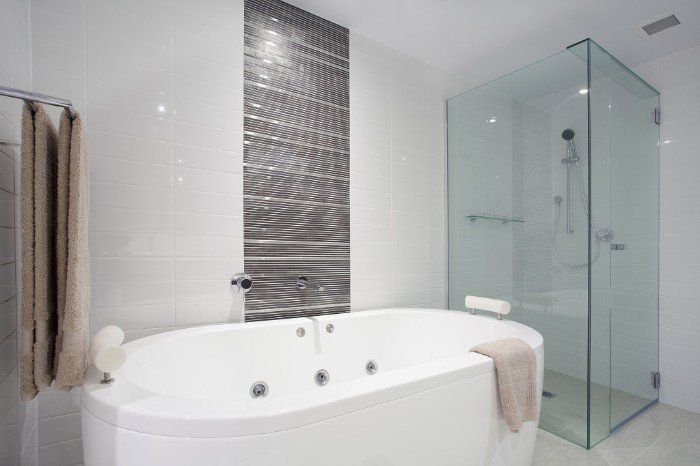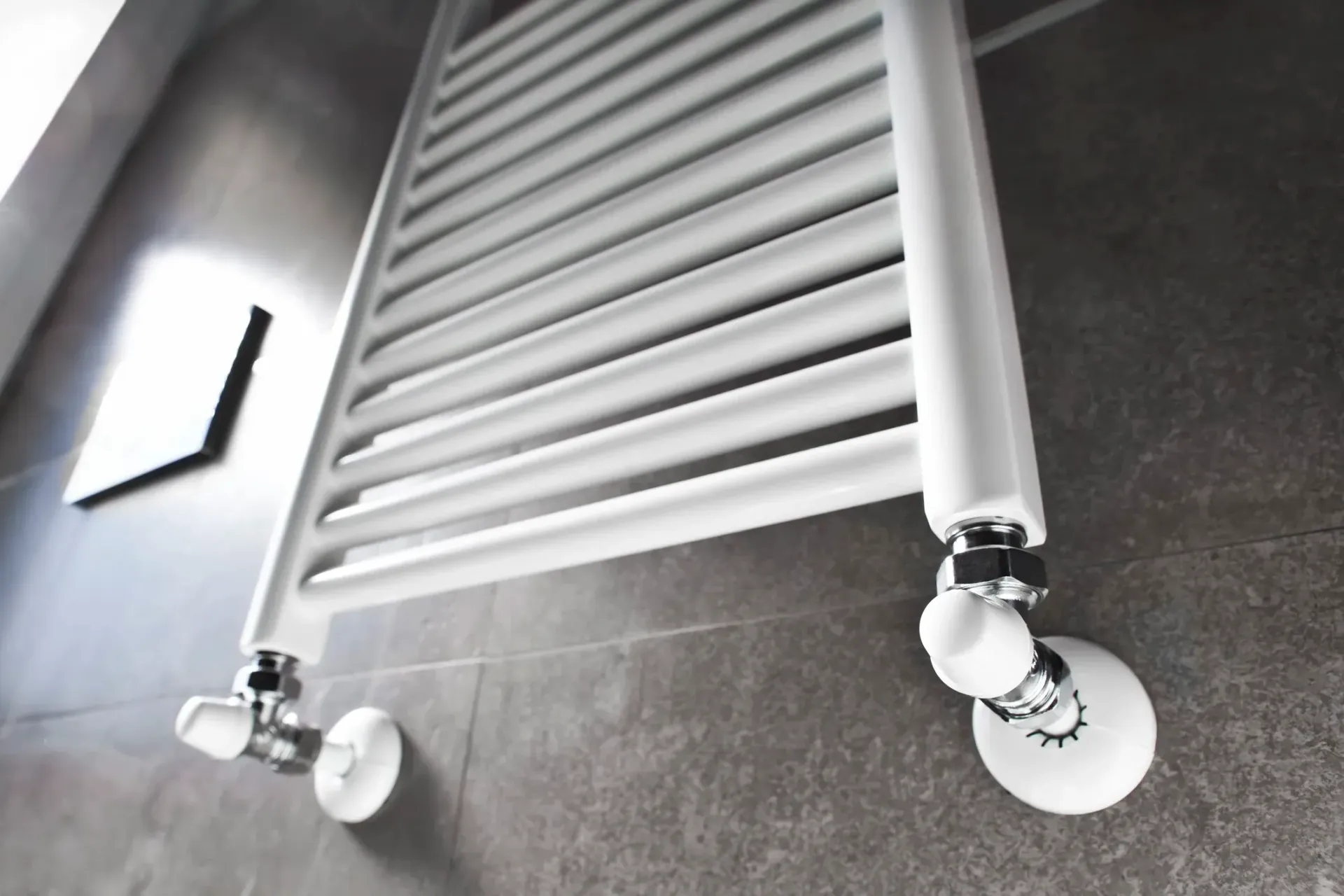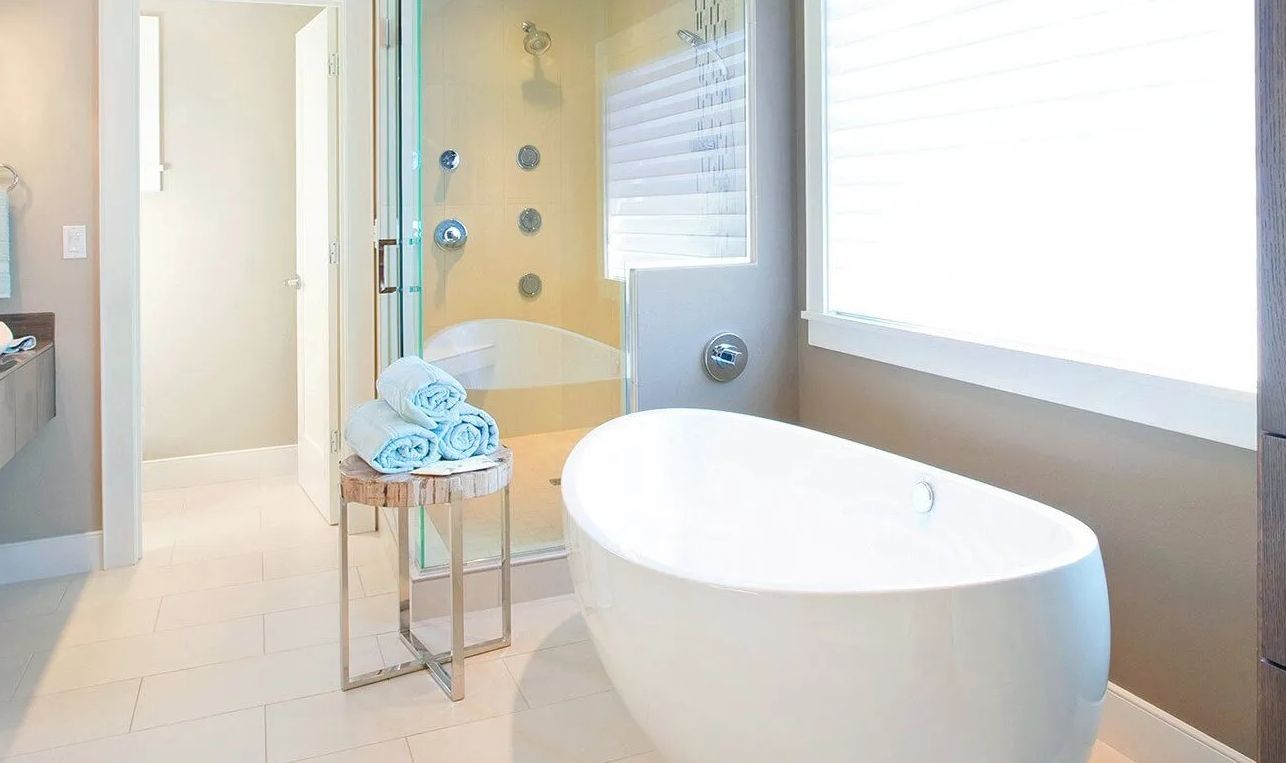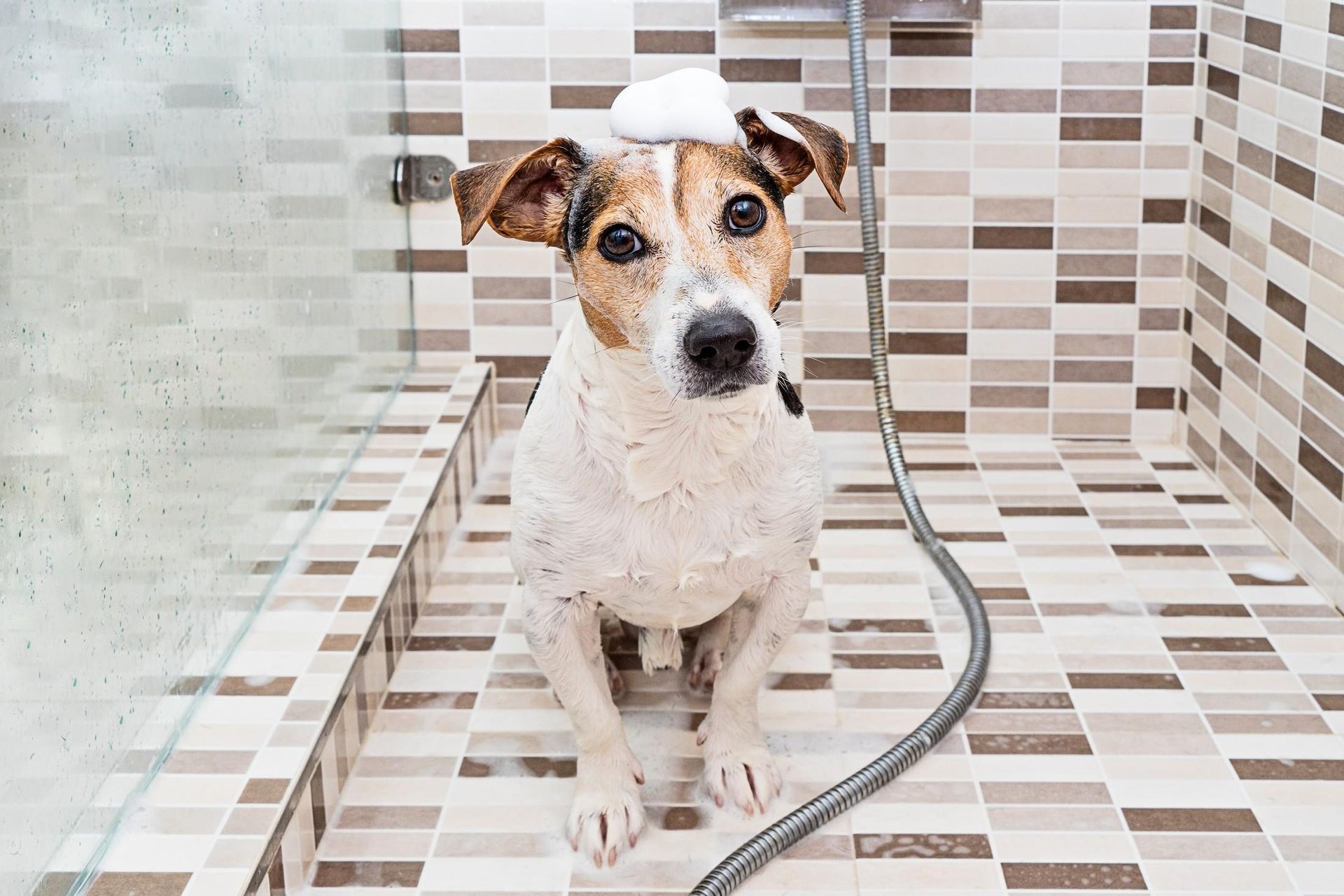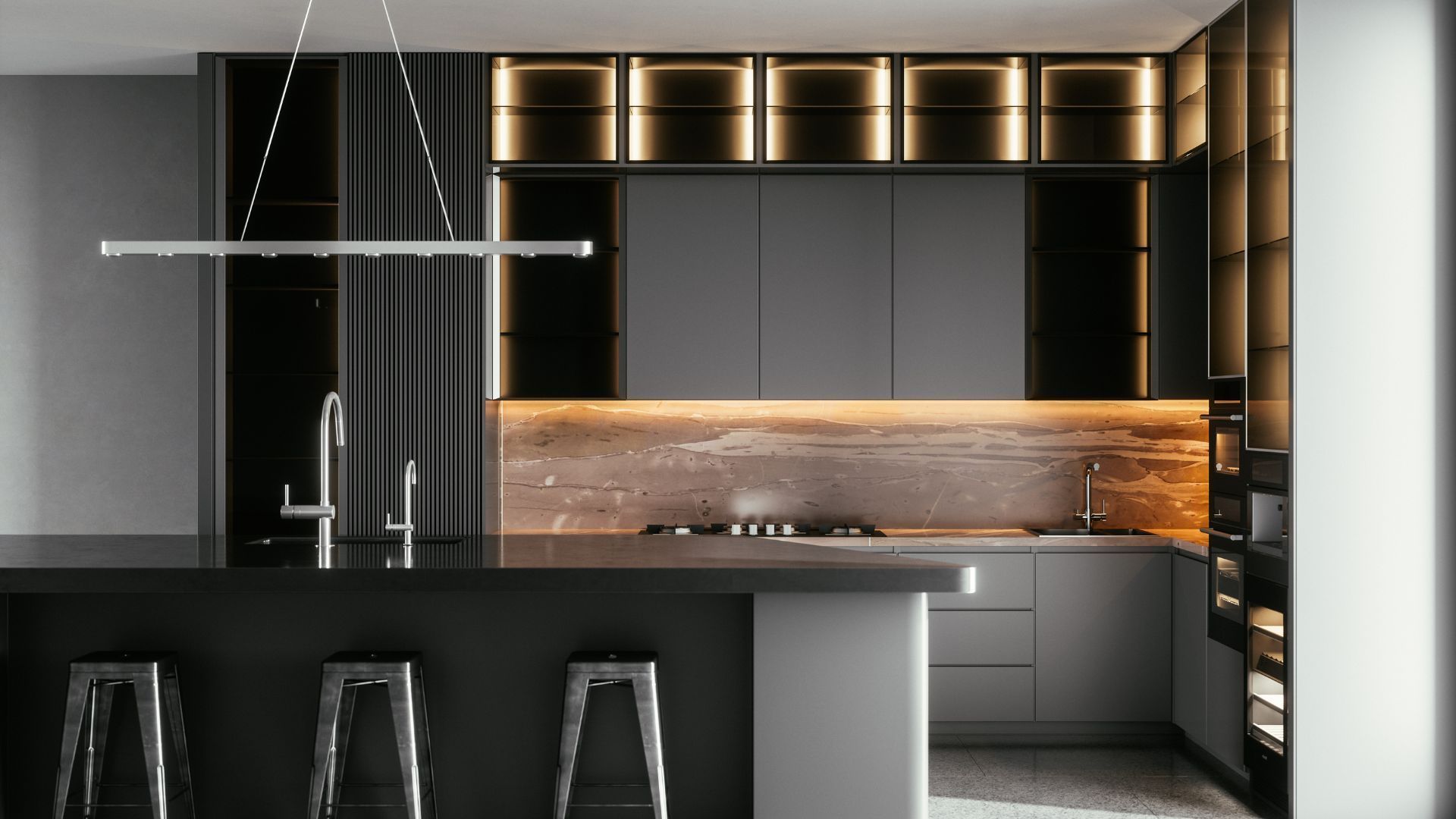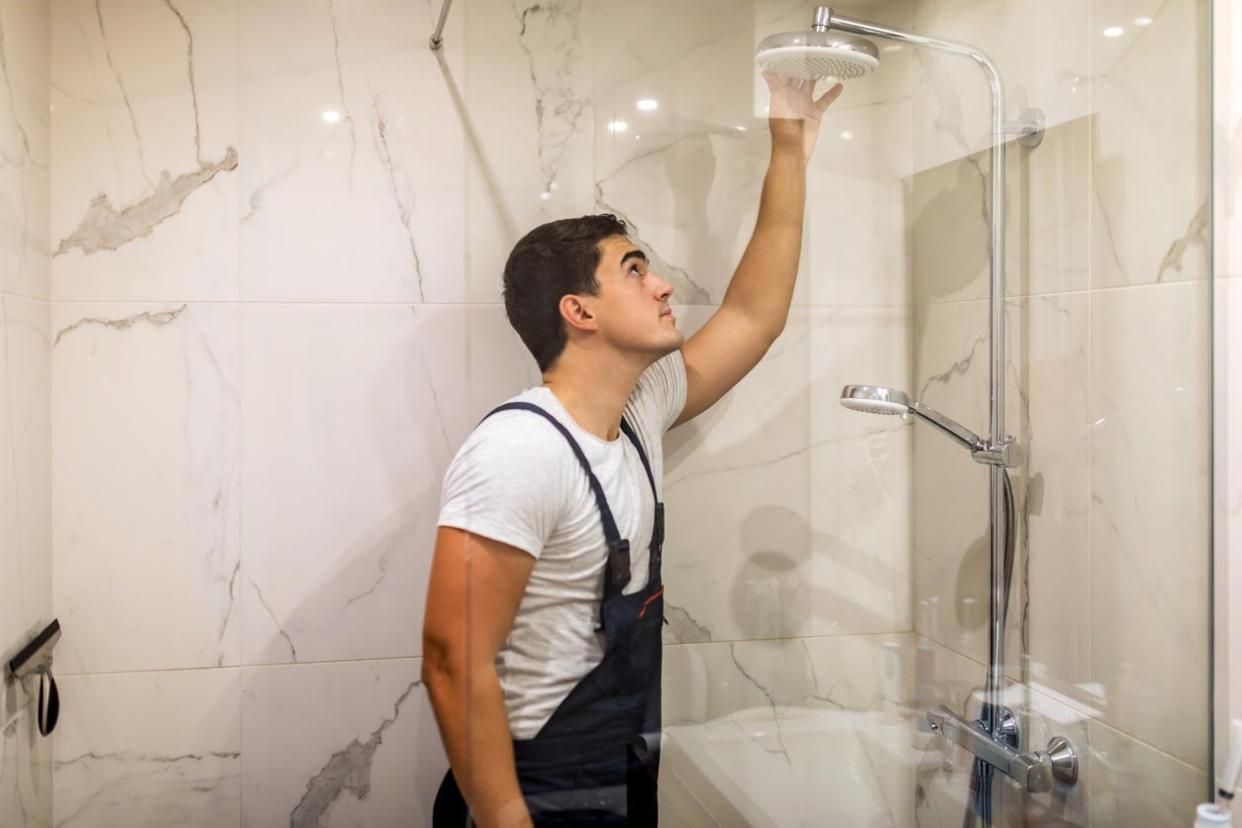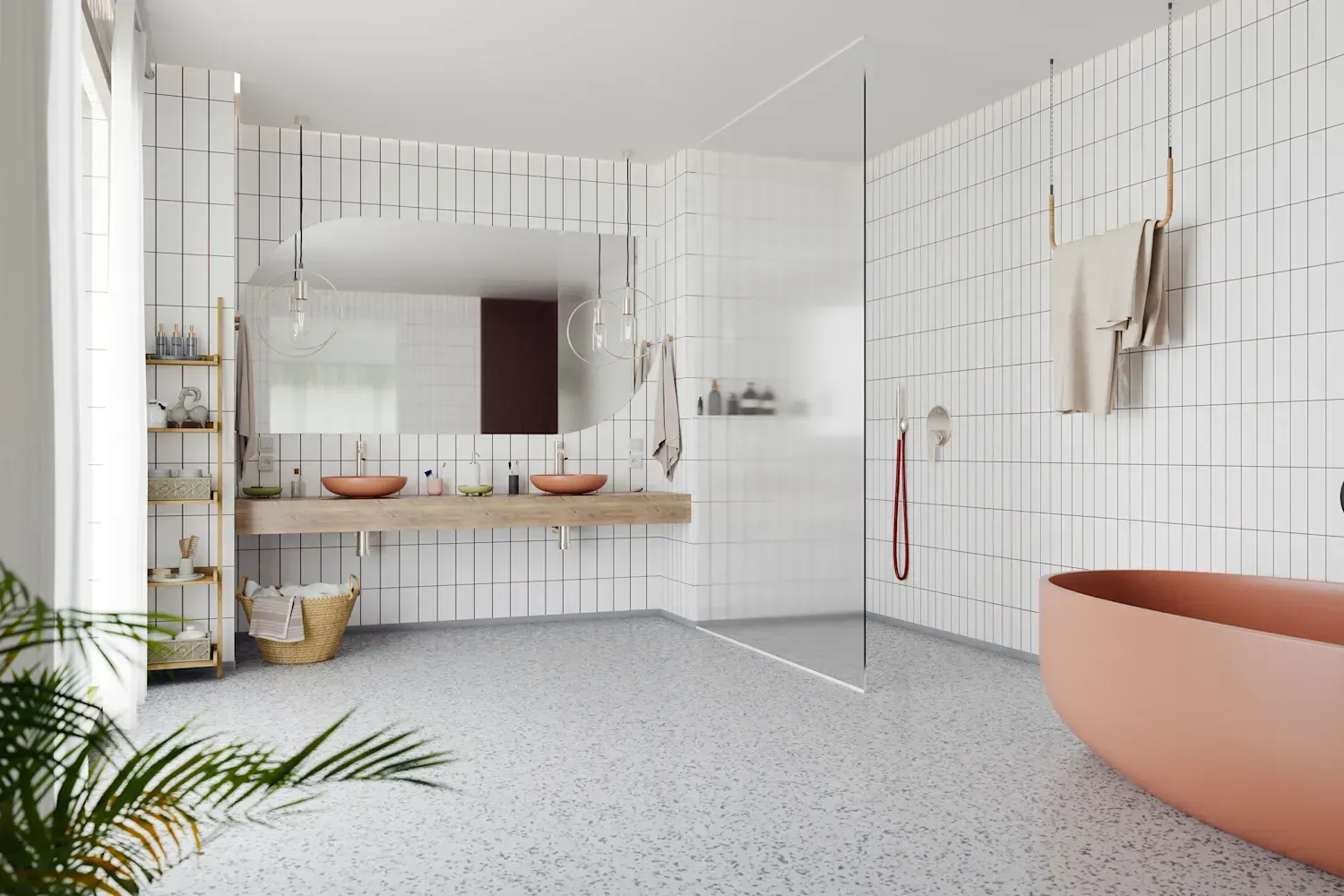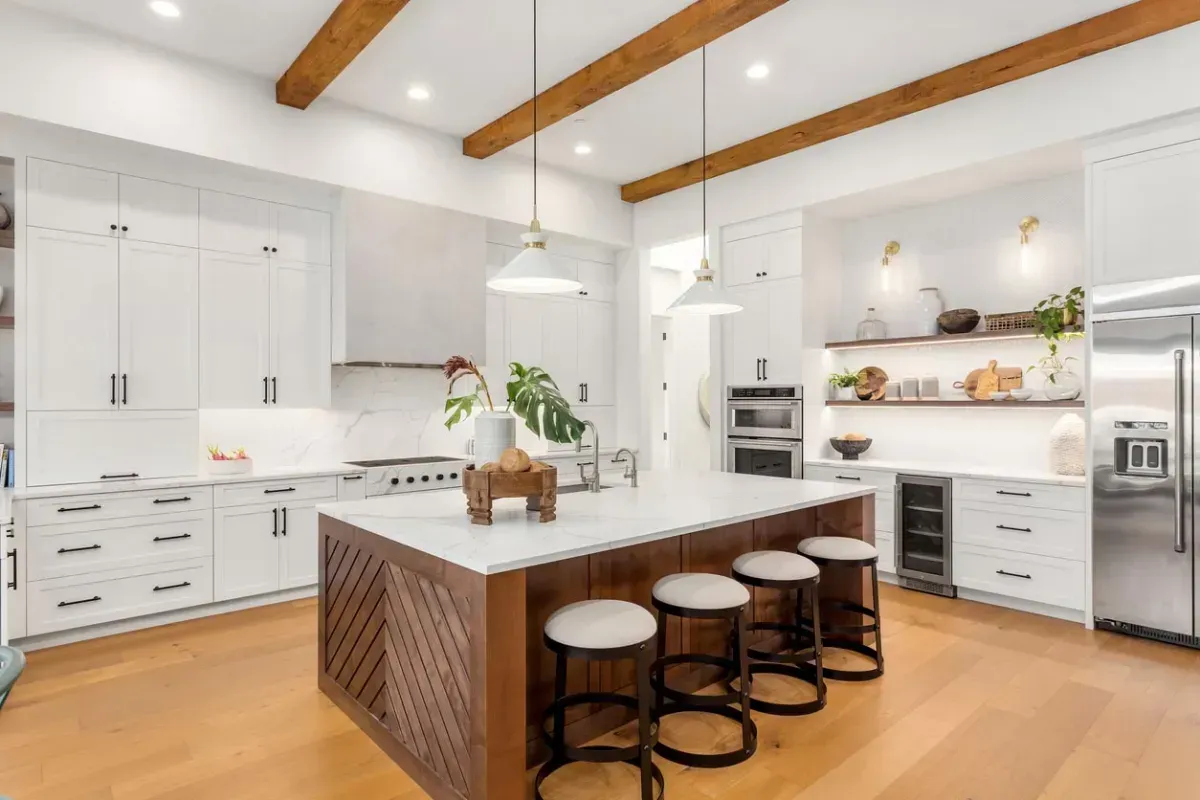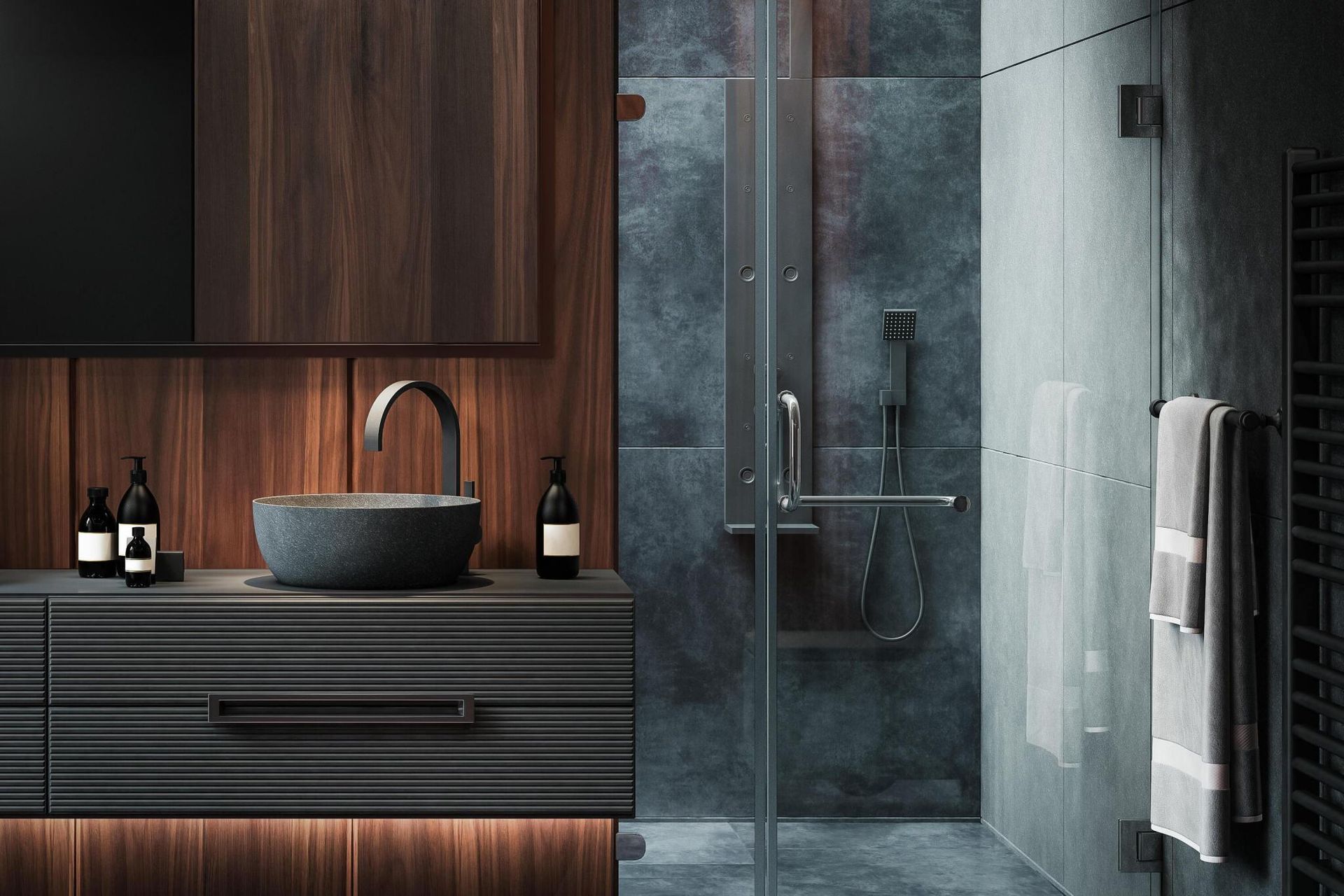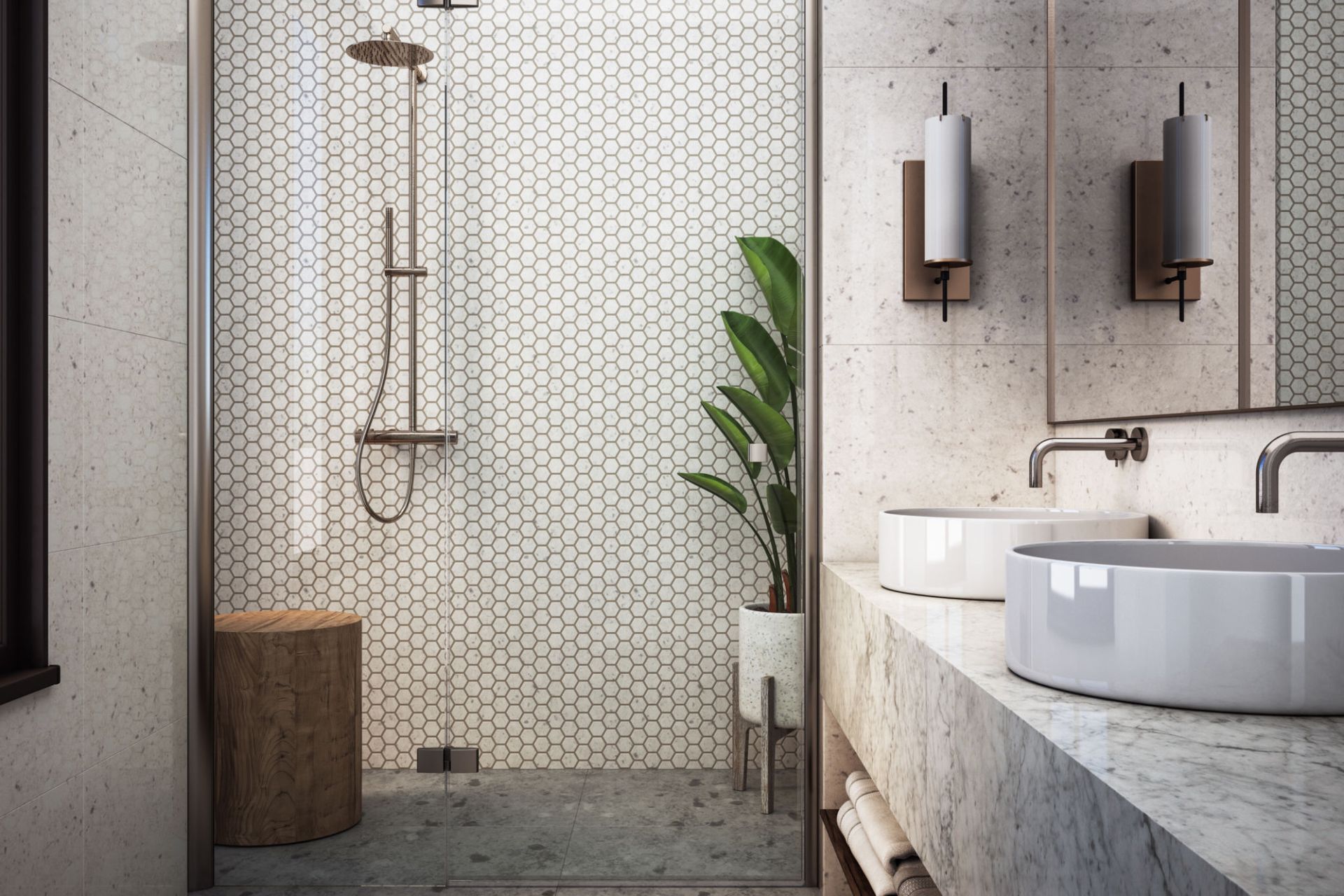Design Principles for Creating Perfect Bathroom Lighting
Design Principles for Creating Perfect Bathroom Lighting
In years gone by the bathroom was purely utilitarian, a room in which you could simply do your ablutions. Fast forward to the present day and the humble bathroom has evolved to become a space of relaxation and personal reflection, in addition to still serving all your hygiene needs.
As any good bathroom supplier in East Dulwich will attest to, one of the most important parts of creating a beautiful bathroom is the lighting. Capable of enhancing colours, soothing your mood and drawing attention to specific features, lighting has the potential to put the ‘wow’ factor into any bathroom. Here’s how to do it:
1. Layer Your Lighting
One bright bulb in the centre of your ceiling might generate a lot of light, but the illumination will be harsh, patchy and cast shadows - all of which detract from the aesthetic of your bathroom. Instead of relying on a single fixture, use a range of lights and position them carefully depending on their role. Generally speaking, there are four layers of light to consider:
● Task: These are your functional lights that illuminate work spaces. In a bathroom, these lights will probably be positioned along the vanity unit to reduce shadowing.
● Accent: This type of lighting is used to highlight particular elements such as a plant or a piece of artwork.
● Decorative: The icing on the cake. Decorative lights such as feature lamps, chandeliers and so on add an extra layer of sparkle.
● Ambient: This is used to fill in any gaps in your lighting scheme and may come in the form of both natural and artificial light.
2. Use Energy Efficient Lights
Light technology has come a long way in recent years, and consumers are now spoiled for choice when it comes to buying light bulbs. With this in mind, it makes financial and environmental sense to opt for energy efficient options when looking for ways to light your bathroom.
While energy efficient light bulbs such as compact fluorescent lamps (CFLs) and light emitting diodes (LEDs) have a slightly higher upfront cost than traditional light bulbs, they can save you money in the long run. According to the Energy Savings Trust , replacing all the bulbs in your home with LEDs could help you save about £35 annually on your power bills.
4. Think About Controls
For greater control over your bathroom illumination, it’s a good idea to think about how you control your lights. For example, having different lighting layers on separate switches gives you a greater degree of control, while dimmers give you the freedom to instantly change the mood and ambience of your bathroom. In addition, you might want to consider putting your fans and lights on separate switches, as you probably won’t need the added ventilation every single time you enter the bathroom.
For more insight into designer bathroom installations in East Dulwich, come on down to our showroom handily located on Lordship Lane in Dulwich. Our friendly team of bathroom and kitchen design experts are on hand to help you with any questions you might have.



